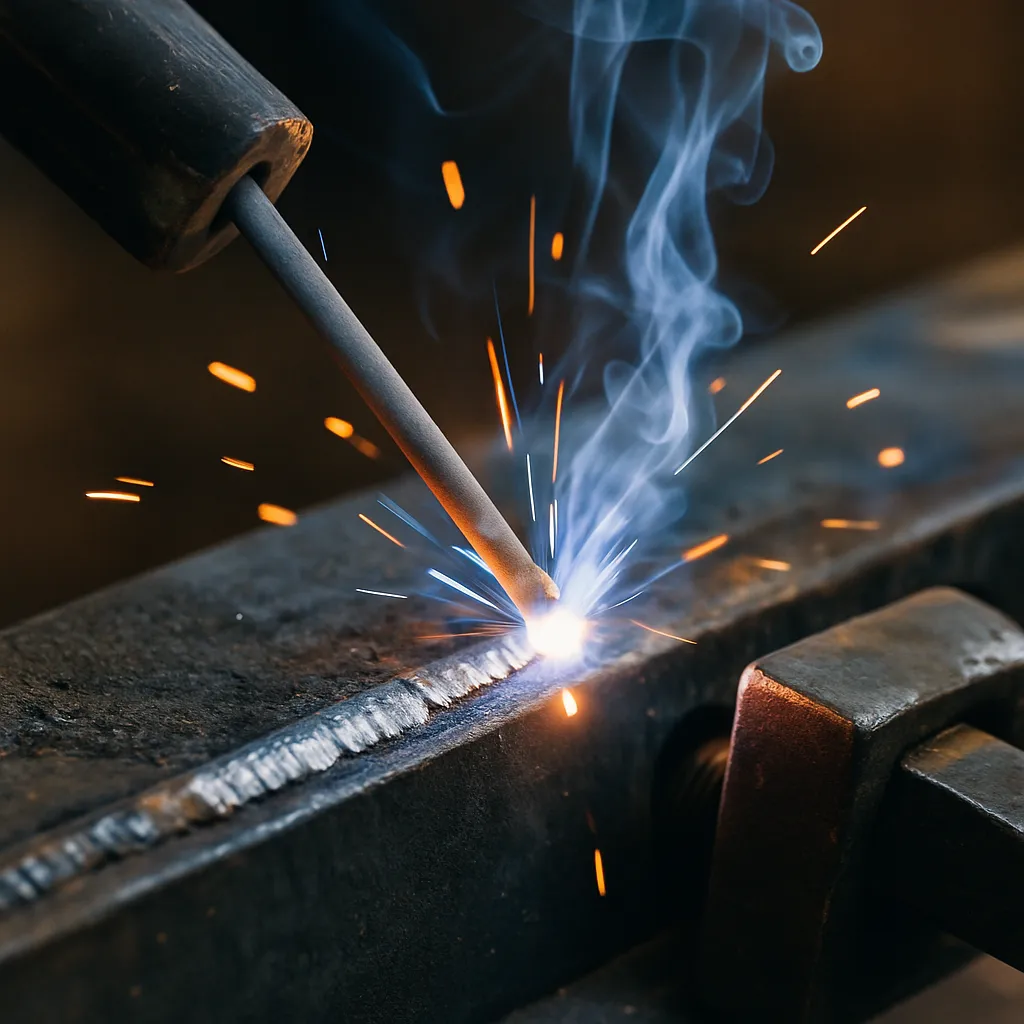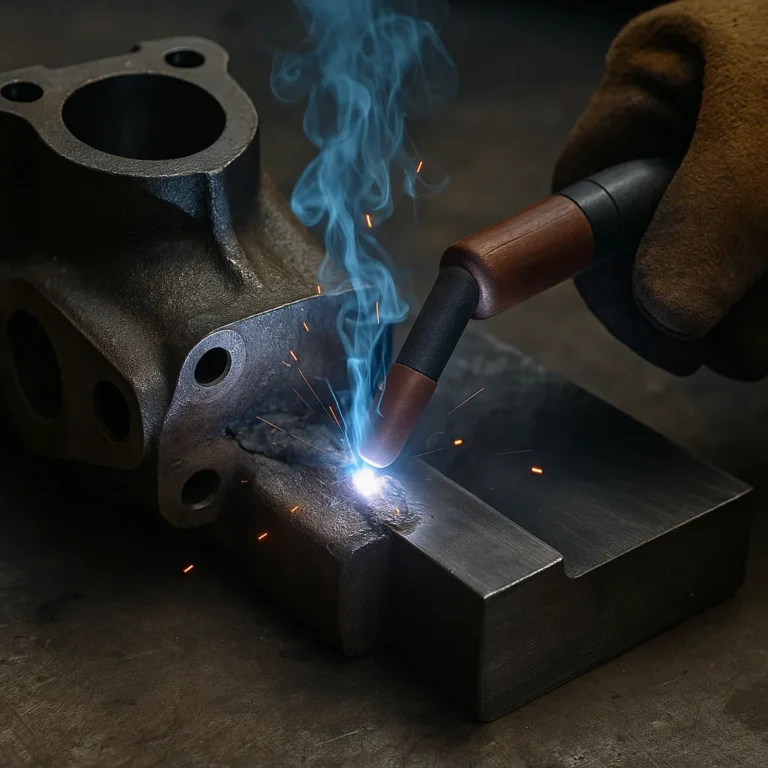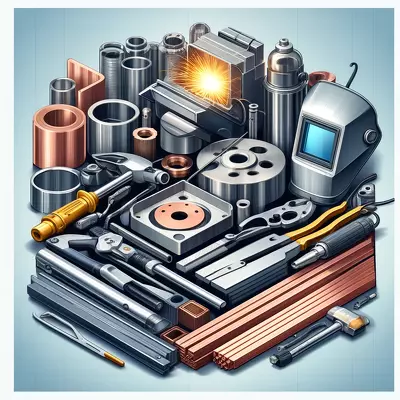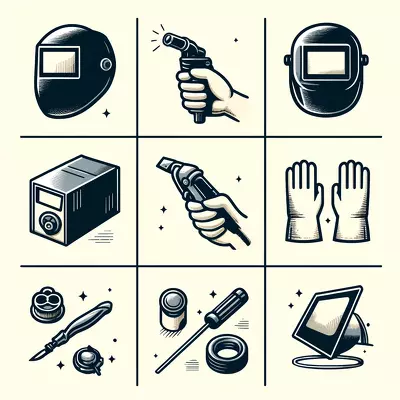What Polarity for Stick Welding: Full Guide for Stronger Welds

Polarity plays a major role in how your stick welds turn out. The right setting gives you solid penetration, clean welds, and better control of the puddle. The wrong one leaves you fighting spatter, poor fusion, and weak welds that won’t hold up under stress.
Here’s a clear breakdown of which polarity works best, depending on your rod, material, and welding job.
What Is Polarity in Stick Welding?
In stick welding, polarity refers to the direction your welding current flows. Depending on your machine and electrode, you’ll be running either direct current (DC) or alternating current (AC).
When using DC, you’ve got two polarity options:
- DCEP (Direct Current Electrode Positive) — reverse polarity.
- DCEN (Direct Current Electrode Negative) — straight polarity.
With DCEP, the current flows from the base metal to the rod. This directs more heat into the base metal, creating deeper penetration. DCEN sends more heat into the electrode, which results in shallower penetration and faster filler deposition.
For most stick welding jobs, DCEP is the default setting.
DC vs AC: When to Use Each
Most modern stick welders offer both AC and DC options. DC typically provides a smoother arc, easier starts, and cleaner welds. That’s why many welders prefer it.
AC still comes in handy for certain jobs. You’ll often use AC when:
- Running rods like 6011 that work on both AC and DC.
- Using older machines that only offer AC.
- Dealing with arc blow issues in tricky weld positions.
When available, DC generally makes stick welding easier and produces better overall results.
DCEP vs DCEN: Why This Setting Matters
For stick welding, DCEP (DC Positive) is the standard. It delivers deeper penetration, stable arcs, and strong welds. Electrodes like 6010, 7018, and stainless rods are all designed to run on DCEP.
DCEN (DC Negative) sees very limited use in stick welding. Since it directs more heat to the rod than the base metal, it offers shallow penetration. This may help prevent burn-through when welding thin metal, but it’s rarely the best option for most stick welding applications.
Quick Reference Chart
| Rod Type | Polarity | Notes |
|---|---|---|
| 6010 | DC+ (DCEP) | Deep penetration, great for open root welds |
| 6011 | AC or DC+ | Handles rusty or dirty steel, field repairs |
| 7018 | DC+ (DCEP) | Smooth, clean welds for structural work |
| 6013 | AC or DC+ | Good for light fabrication and hobby welding |
| Stainless | DC+ | Clean arc and strong welds |
| Aluminum | DCEN (TIG only) | Rare for stick welding |
Overview by Material
Steel
For welding steel, DC+ is used almost every time. Whether you’re running 6010, 6011, 7018, or 6013, DC+ delivers the penetration and arc control you need. When working outdoors or on rusty steel, 6011 gives you the flexibility to run AC if DC isn’t available.
Cast Iron
Most cast iron jobs call for nickel rods, which usually run on DC+. Some specialty rods may allow AC to help reduce cracking, but DC+ remains the standard.
Stainless Steel
Stainless stick electrodes are designed for DC+. This setting allows better heat control and clean welds with minimal spatter.
Aluminum
Aluminum isn’t often welded with stick, but if you do use aluminum stick rods (like E4043), they typically run on DCEN. Even so, most welders switch to TIG or MIG for aluminum to get better control and cleaner welds.
Thin Metal
Stick welding thin sheet metal isn’t ideal. If you must, DCEN can help reduce penetration and avoid burn-through. Still, most welders prefer MIG or TIG for better results on thin material.
Dissimilar Metals
When welding dissimilar metals, DC+ is usually the safer choice. It helps ensure solid fusion, but always double-check your filler rod recommendations.
Common Mistakes and Troubleshooting
One of the biggest mistakes new welders make is forgetting to check polarity. Many stick machines have a simple toggle switch, and leaving it in the wrong position leads to:
- Shallow penetration
- Excessive spatter
- Arc instability
- Weak welds
If your weld isn’t fusing well or feels unstable, polarity should be one of the first things you check. The rod packaging typically lists the recommended polarity, so it’s easy to verify before you start.
Conclusion
Polarity has a huge impact on your stick welding results. For most jobs, DC+ gives you the best penetration, arc stability, and weld strength. Understanding how different rods and materials respond to polarity helps you make better welds, avoid common problems, and build stronger projects. Once polarity becomes second nature, your weld quality will noticeably improve.






